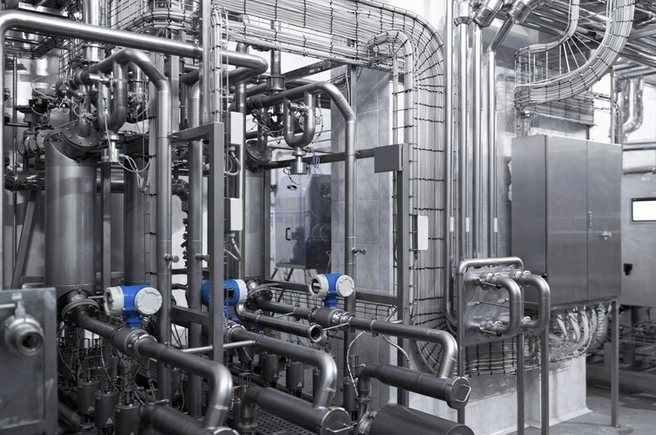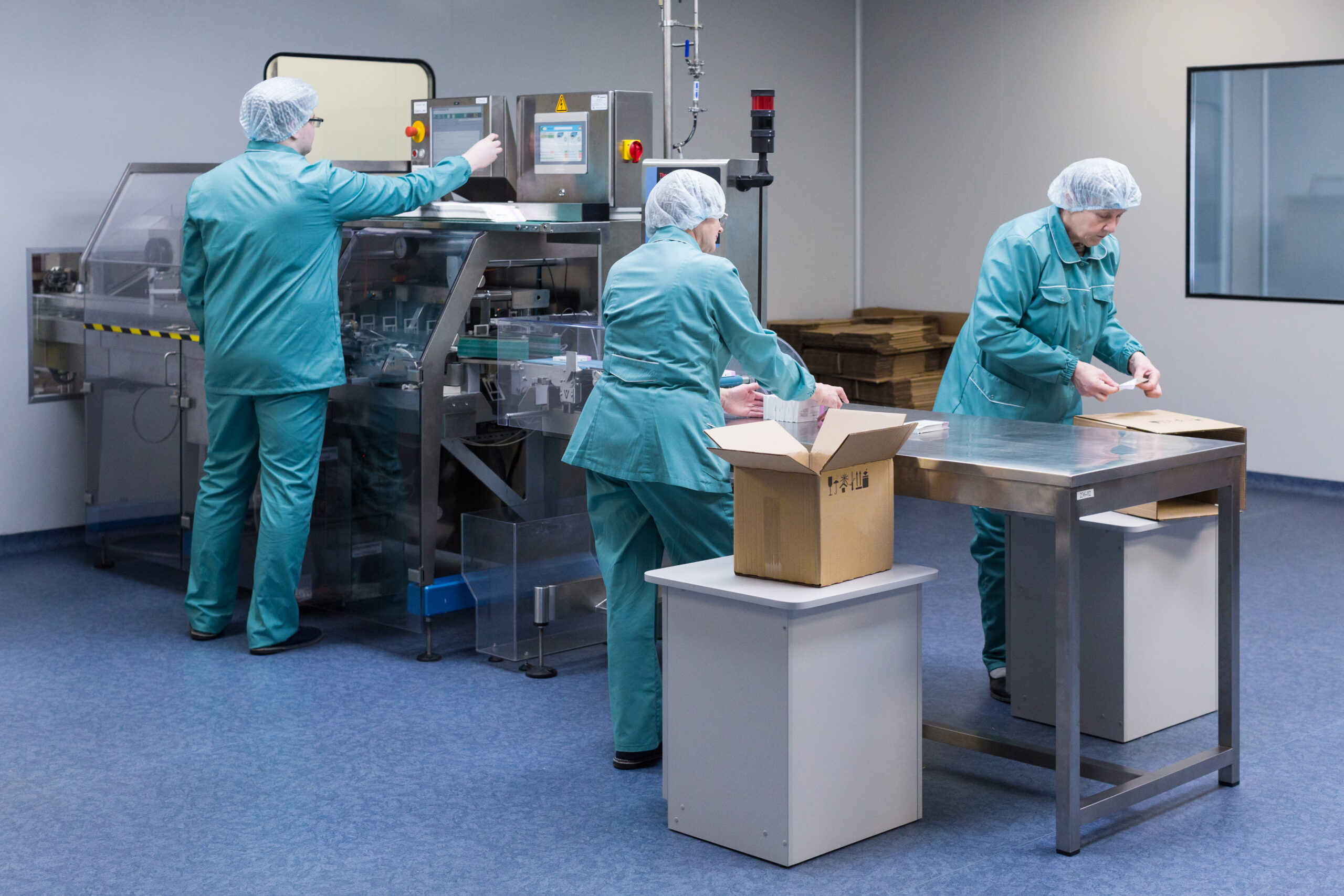In recent years, the expansion of global trade has fueled major advancements in business practices, with entrepreneurs consistently upgrading their logistical infrastructure and tools to optimize product storage and transportation. According to a study by KPMG, the logistics industry is evolving rapidly, evidenced by the increasing adoption of IoT (Internet of Things), AI, machine learning, automation, and cloud-based data analytics. Beyond their popularity, these technologies help businesses cut costs and comply with ESG (Environmental, Social, Governance) standards.
This rise in international markets and supply chains has also played a vital role in the growth of cold chain logistics. Cold chain logistics emerged in response to the increasing need for safe long-distance transportation of temperature-sensitive goods. As living standards rise in industrialized nations, consumers expect fresh, high-quality products. As a result, cold chain logistics has become a key component of many successful supply chain strategies.
As the name implies, cold chain logistics involves managing the transportation of goods that require refrigerated conditions. It encompasses the entire process—from preparing and storing to moving products along the cold supply chain. Many items, especially perishable goods, must be kept at specific temperatures to avoid spoilage. Failure to maintain proper conditions can lead to spoilage, resulting in financial losses for businesses and customers.
Effective cold chain logistics ensures that temperature-sensitive goods remain within their required temperature range, using specialized equipment to maintain optimal conditions. For example, ice cream must stay frozen to preserve its shelf life. If it melts, it becomes unsellable and unsafe for consumption.
The cold chain is essential to industries like food and pharmaceuticals, as it prevents product contamination during storage and transport. Although managing the cold chain may be a different area of expertise, these companies can rely on specialized shipping firms to deliver their goods safely and on time.
How Does Cold Chain Logistics Work?
Cold chain logistics involves multiple steps to ensure temperature-sensitive goods are stored and transported in optimal conditions. It relies on temperature-controlled storage, specialized packaging, trained personnel, and efficient procedures to maintain product quality and safety.
Temperature-Controlled Storage & Packaging
The cold chain begins when temperature-sensitive goods leave the manufacturer’s facility. Products must be stored in refrigerated environments to remain within safe temperatures. Companies store these goods in temperature-controlled warehouses until they are ready to be delivered to customers or distribution centers. Certain items require extra protection against fluctuations in temperature and power outages, as these disruptions can lead to spoilage or a drop in product quality.
Most cold storage facilities have backup power systems, such as uninterruptible power supplies (UPS) and generators, to prevent such risks. These ensure continuous operation in the event of a power outage. Infrared thermometers are often used for remote temperature monitoring, while wired digital thermometers are employed in extreme cold, such as deep freeze shipping or storage.
Standard cold storage equipment includes cold rooms, chillers, cold boxes, blast freezers, and vaccine carriers, each tailored to specific needs.

Temperature-Controlled Transportation
Moving temperature-sensitive goods requires vehicles with refrigeration equipment, known as reefer trucks or refrigerated vehicles. These vehicles are designed to maintain specific temperatures, ensuring the goods are transported safely. Either fuel or batteries power the refrigeration units in reefers, and electronic temperature monitoring devices continuously track and record internal temperatures. In addition to temperature, other critical conditions like humidity are closely monitored throughout the journey to ensure product integrity.
Trained Staff
While it’s tempting to focus on technology, equipment, and processes in cold chain management, it’s important to remember that human resources are key to ensuring the smooth movement of goods. Every stage of cold chain logistics—storage, packaging, condition monitoring, or shipment—relies on skilled personnel to get the job done right.
A well-trained team is essential to the success of cold chain operations. In addition to cold chain-specific technologies, staff should be familiar with broader supply chain tools and techniques. Ongoing training ensures the team stays up-to-date with best practices and emerging technologies.
Cold Chain Logistics Operations
Maintaining the integrity of shipments throughout the supply chain is crucial, and any delays or temperature fluctuations can compromise the entire process. Operators should have a fine-tuned strategy to prevent logistical disruptions. Two key elements are properly preparing shipments and verifying their integrity upon delivery.
Cold chain operations should follow straightforward, efficient procedures. The company’s Standard Operating Procedures (SOP) should aim to mitigate risks in day-to-day tasks. Understanding market demands and requirements helps fine-tune each step of the process for better efficiency.
The responsibility continues when the shipment leaves the warehouse. Real-time trackers monitor the location and condition of deliveries, with data automatically uploaded to the cloud. Mobile apps can transfer temperature data from modern loggers to cloud systems, making tracking and recording conditions easier.
IoT-operated temperature sensors installed on shipments and within warehouses continuously collect data. This automated system allows staff to identify any temperature anomalies quickly. Digital data collection saves both time and money, reduces errors, and provides peace of mind for receivers. An electronic audit trail helps ensure compliance with regulations and provides a clear record of cold chain custody, which is invaluable in resolving disputes or discrepancies.

Common Use Cases for Cold Chain Logistics
Cold chain logistics is critical in safely storing and transporting perishable goods across various industries, including manufacturing, healthcare, and agriculture. As farm-to-table businesses grow in popularity and demand for new medications and vaccines rises, cold chain services grow increasingly important in the supply chain landscape.
Food & Beverage
One of the earliest and most prominent applications of cold chain logistics was preserving perishable food to prevent spoilage. In the past, food was kept from rotting by storing it in ice. Today, various food categories require specific temperature conditions to maintain their quality.
Tropical fruits like bananas and pineapples, for instance, ripen during transport and are usually kept at temperatures between 12° to 14°C to slow the ripening process. Vegetables, dairy products, and meat require refrigeration, with temperatures around 2° to 4°C. Meanwhile, frozen and deep-frozen items like seafood, baked goods, and ice cream must be stored at sub-zero temperatures, often as low as -25° to -30°C.
Healthcare & Chemicals
The healthcare industry relies heavily on cold chain logistics, especially for pharmaceutical products. While air transport is often used for urgent shipments, bulk orders are typically sent by sea due to lower costs and greater security. Maintaining extremely low temperatures is essential for certain raw materials and finished products, as temperature fluctuations or improper handling can compromise quality. This is particularly true for vaccines, medications, and experimental drugs, which can lose their potency if not stored correctly.
Improper storage of chemicals can lead to expansion, causing containers to burst and creating safety hazards. Extremely cold conditions can also damage certain chemicals, making them harder to use. Environmental factors, such as freezing temperatures, further complicate chemical storage during transport, requiring specialized temperature-controlled solutions.
Conclusion
The cold chain logistics industry continues evolving to meet the changing demands of shippers and customers. Cold chain providers must adapt their services as consumer behavior shifts, including managing temperature-sensitive products. A dedicated team and strong supply chain relationships are crucial for maintaining high-quality service when handling perishable foods, medications, and medical supplies.
Not all temperature-sensitive products are the same, and each requires specialized care to ensure its integrity throughout the cold chain. Strict adherence to industry regulations is necessary to avoid potential regulatory issues and reputational damage.
Working with an experienced cold chain logistics partner is essential for businesses that rely on temperature-sensitive shipments. With Aratum, you’ll gain access to cold chain expertise and digital tools to streamline inventory management. Easily track your cargo’s temperature and communicate with stakeholders in real-time. Sign up today for free access to our online logistics management dashboard.
The featured photo of this article was sourced from usertrmk on freepik.


